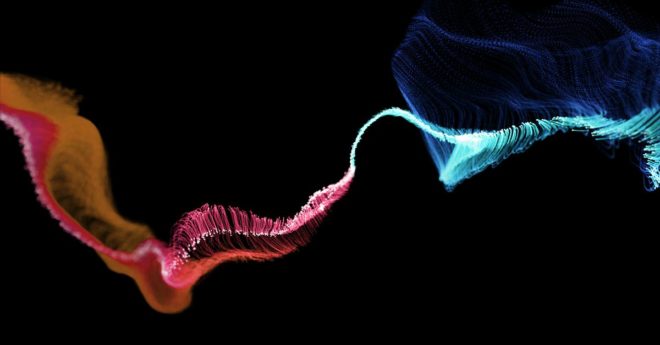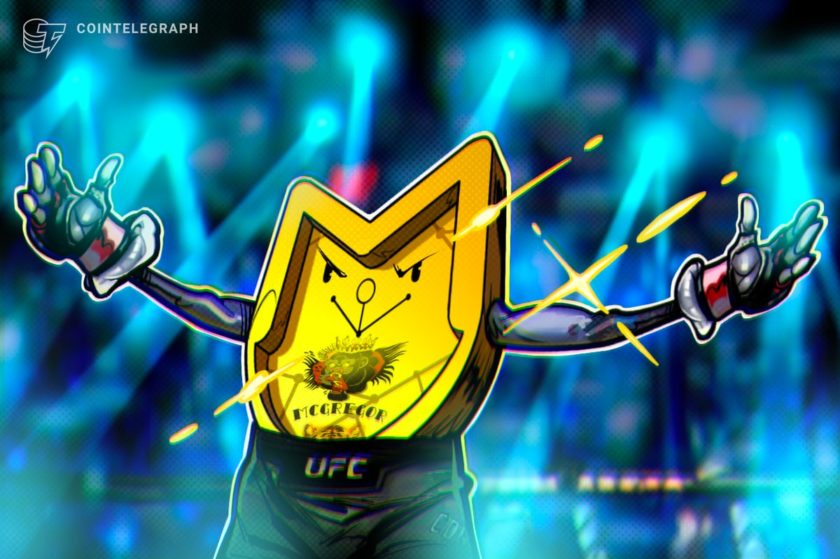Generative art has been one of the quintessential machine-learning use cases, but only recently has the space achieved mainstream prominence. The leap has been mostly powered by computational gains and a new generation of techniques that can help models learn without requiring a lot of labeled datasets, which are incredibly limited and expensive to build. Even though the gap between the generative art community and AI research has been closing in the last few years, many of the new generative art techniques still haven’t been widely adopted by prominent artists, as it takes a while to experiment with these new methods.
The Machine Learning Powering Generative Art NFTs



